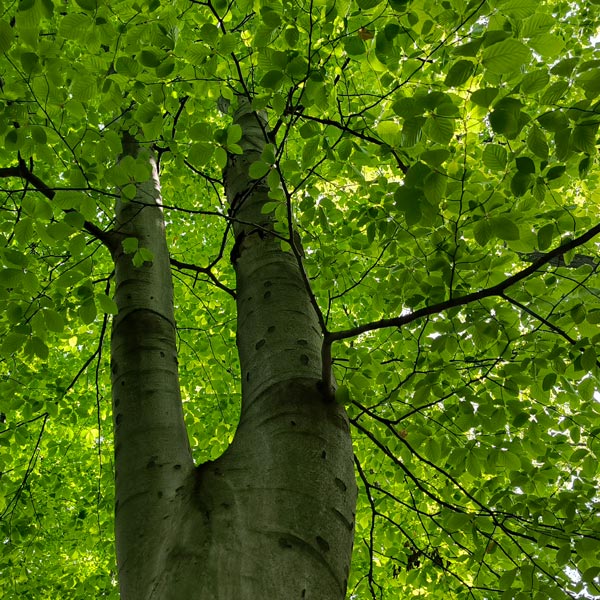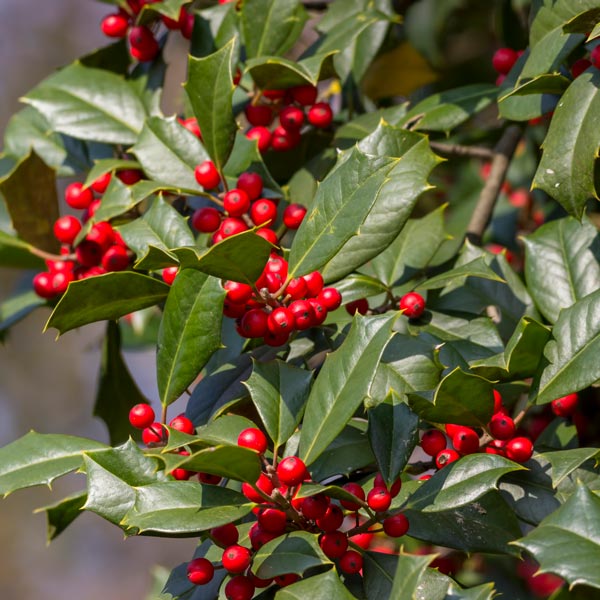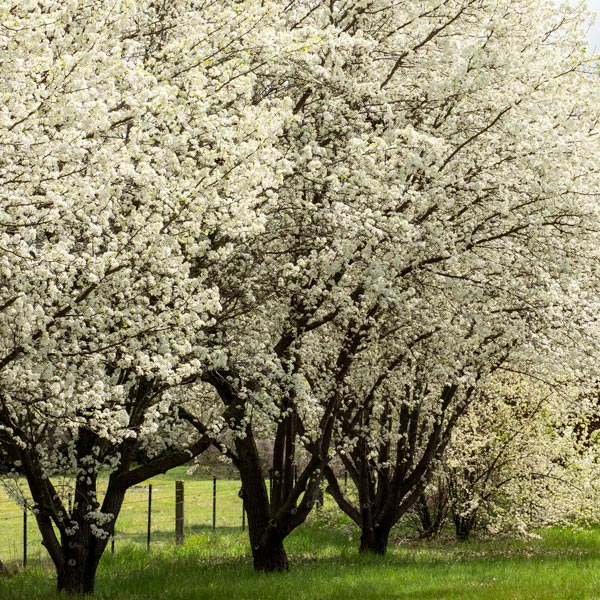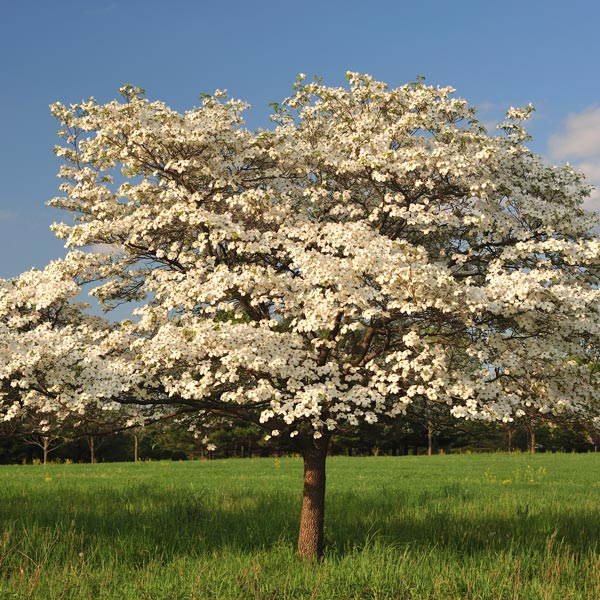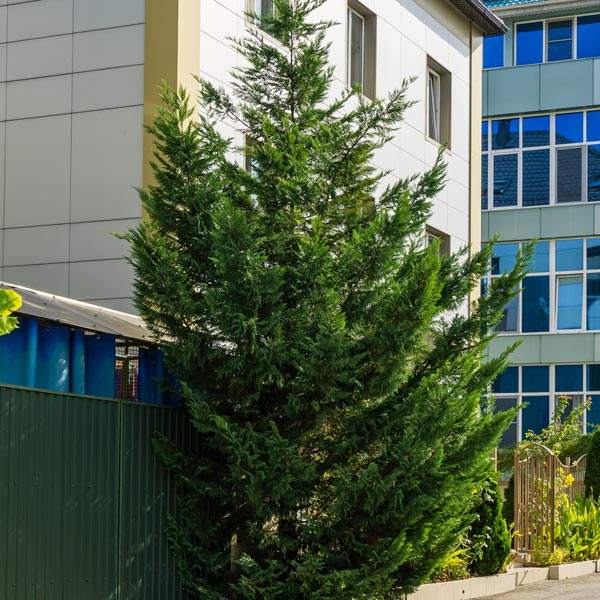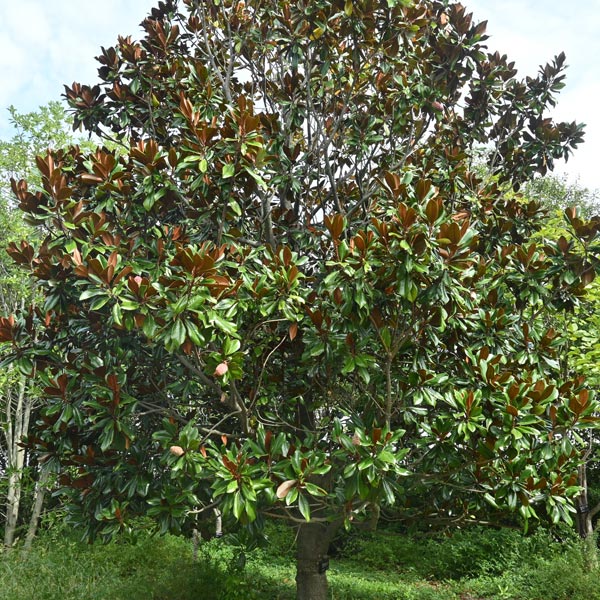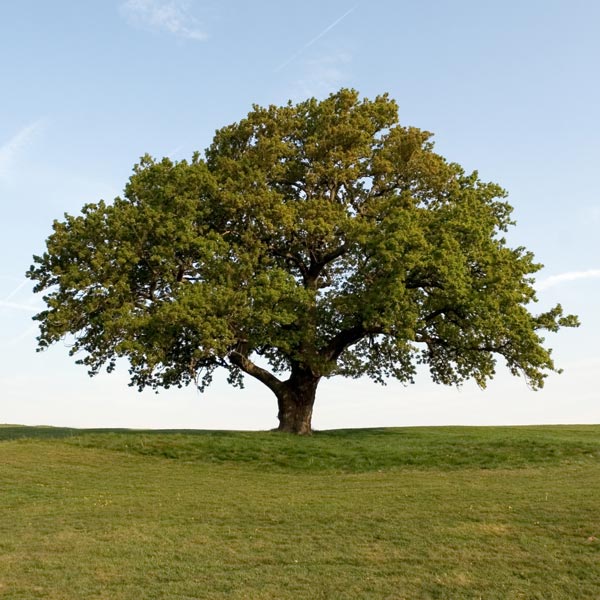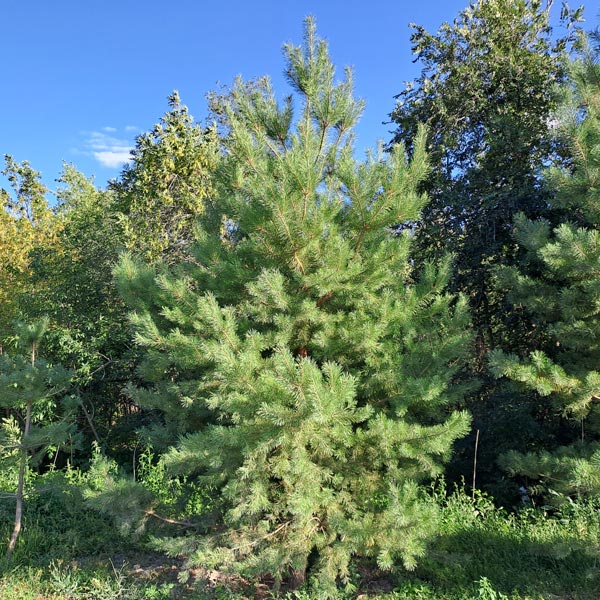Tree Service Terms in Sunny Side, GA; Diameter at Breast Height (Bdh), Pollarding & More
Arborists and tree service companies often have terms unique to their profession. For those on the outside, you may not fully understand what all these terms mean. Sometimes, when you request a tree trimming service company to either trim, prune or remove a tree, they may ask a few questions to better know what the job requirements are. So that you don’t feel lost or unsure as to what your tree service company might be asking, Milam’s Tree Service has put together a gallery of terms that are used and to explain what types of service you may require.
Tree Service Terminology
DBH or Diameter at Breast Height – DBH is the diameter of the trunk at 54 inches from the ground. Often when a tree needs to be removed the tree service company will ask for the tree’s DBH to know what kind of tool will be required to remove the tree.
Tree Crown or Canopy – Most know that the top of the tree where the branches expand out is called a canopy. Technically, arborist call this the crown of the tree. Along with the DBH, the arborist will also ask for a rough estimate of the tree’s crown when removing or trimming a tree.
Thin Tree Crown – Thin crown is when a client requests a tree to be trimmed or thinned out from the interior growth of a tree’s crown. Thin crown is often done to help remove some weight of a tree and to help reduce wind damage.
Clean Tree Crown – Clean crown is when a client requests that a dead or dying branch of the tree’s crown be removed. It helps to remove the dead or dying branched that are on the tree, to encourage re-growth and better health of a tree.
Raise Tree Crown – When a tree needs some branches removed from the lower trunk of a tree to promoter proper growth and shape, it is called “raise the crown”. Especially young trees that are growing into its shape often need to have their lower branches removed to help shape the tree as it grows.
Pollarding – Pollarding means to prune mature trees or trees that are five years or older. Typically, when a tree has time to grow without any control or shaping often these trees require pollard pruning. Pollard pruning should only be done on tree that has grown out of control.
Clear – When an arborist uses the term ‘clear’ it usually involves removing branches that are obstructing light or even growing into buildings or causing structural damages.
Removal of Deadwood or Cleaning – This term means removing all of the major deadwood or diseased wood from off of the tree. From large branches to pencil size twigs, all dead or dying wood is removed to promote healthier growth.
Root Prune – Sometimes when the roots of a tree begin to grow into piping, foundation or cause any subterranean damage, the root needs to be pruned. Often root barriers are put in place to prevent future problems.
Surface Root Removal – When roots surface above the ground they can begin to sprout leaves and branches that altars your yard and can become a problem. When roots surface you can have them removed. This is what arborists call surface root removal.
Tree Trimming, Pruning & More in McDonough, Jackson, Jonesboro, Fayetteville, Hampton, Sunny Side GA | Fayette, Clayton & Henry Counties, Georgia
These are some of the common terms used to describe certain jobs that you may need a tree service company for. If you need your tree trimmed, pruned, or any services provided by Milam’s Tree Services, contact us today.

